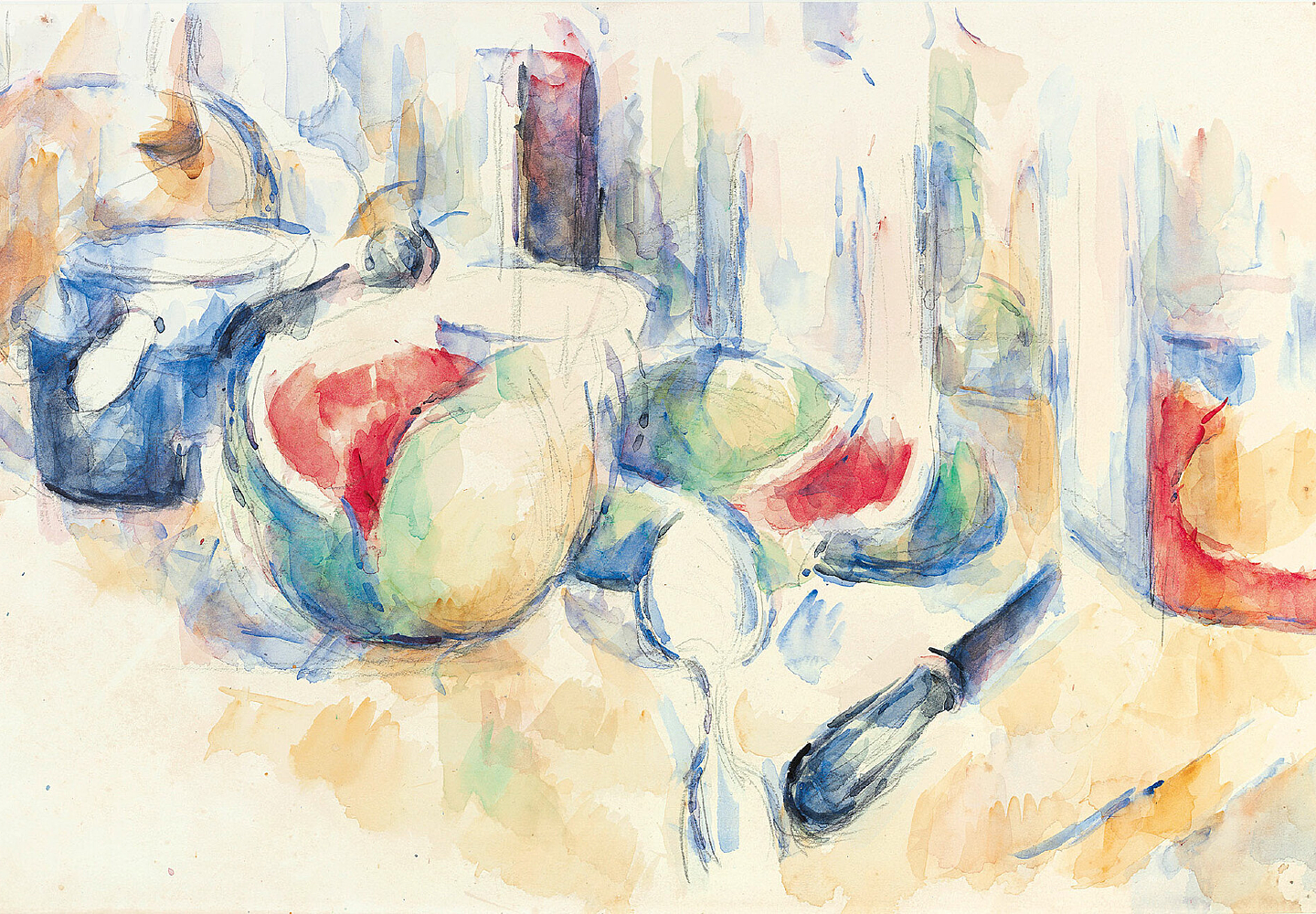Speaker details
How to watch
Presented by
The Museum of Modern Art
New York, NY
About The Exhibition
Best known as a painter, Paul Cézanne (1839–1906) produced some of his most radically original works on paper. Cézanne Drawing brings together more than 250 rarely shown works in pencil and kaleidoscopic watercolor from across the artist’s career, along with key paintings, that together reveal how drawing shaped Cézanne’s transformative modern vision.
Drawing almost daily on individual sheets and across the pages of sketchbooks, Cézanne made his process visible, from searching lines that repeat and transform to layered washes of watercolor that explore translucency and luminosity. He returned often to those subjects close at hand, including the objects on his kitchen table, his wife and son, and clocks and lamps that adorn domestic life; hiked out into the hills to find views of his favorite Mont Sainte-Victoire or into dense forests; and envisioned narratives from his own imagination. On paper, he rendered the iconic motifs for which he is most recognized—vibrant still lifes, prismatic landscapes, and carefully choreographed bathers—with a fresh immediacy.
“Drawing is merely the configuration of what you see,” Cézanne wrote, and his practice of drawing, he believed, taught him “to see well.” Encouraging such close looking, Cézanne Drawing offers the opportunity to see through Cézanne’s eyes. In their preoccupation with the passing of time, their wonder at the natural world, their investigations of the bounds of color, and their daring approach to the human figure, Cézanne’s drawings speak eloquently both to their own time and to our moment.
Image: Paul Cézanne, Still Life with Cut Watermelon (c. 1900) / photo by Peter Schibli


